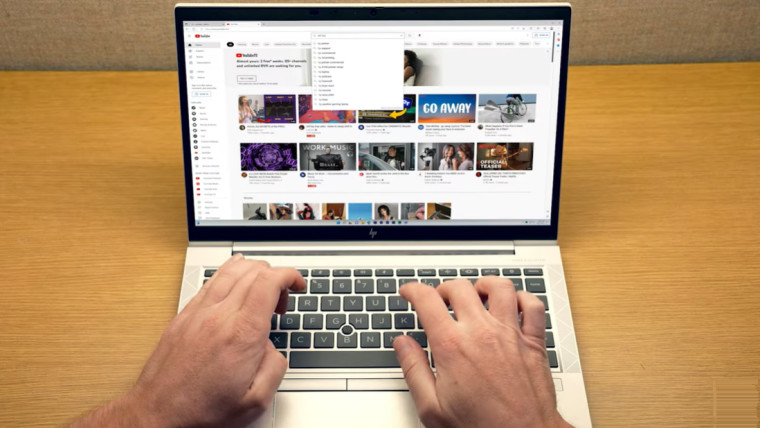As your PC ages and software and apps become more demanding, it will face a slowdown in performance at some point. When this happens, try optimizing a few things that we’ll suggest in this post. It will help you improve your PC’s performance and renew its life, without swapping out any hardware.
1. Restrict unwanted programs at the startup
Some apps or programs that you install on your PC might add themselves to the boot process and start automatically when you sign into Windows. You can stop them from being an unnecessary drag on your PC resources by following the instructions outlined below.
Click the Windows button on the Taskbar and select Settings. Choose the Apps tile and scroll down to the Startup entry under the side panel.

On the right side, you’ll find all the installed apps set to startup during boot. You’ll also notice the impact these apps have on the startup process. Just run through the list and disable the ones that have a high impact. Following this process, you should experience an improvement in your system's performance.
2. Adjust appearance for best performance
Although visual effects like animations and shadow effects add more appeal to how things look on your system, they can slow down your PC. This is especially true if you have a PC with a smaller amount of memory (RAM). You can change this behavior and adjust the appearance settings for the best performance.
Right-click on the Windows button and select System. Click the Advanced system settings link to go to the System properties window. Switch to the Advanced tab and hit the Settings button under the Performance section.

Enable the Adjust for best performance option under the Visual effects tab.

If you truly can't live without a certain effect, such as drop shadows, you can enable (or disable) the effects individually too.
3] Check if the system is managing the page file size
Windows is configured to control the page file size automatically to improve the performance of your PC. However, if this feature is not enabled, you might experience a lag in performance. To turn this feature On, do the following:
Right-click on the Windows button and select System. Click the Advanced system settings link to go to the System properties window. Switch to the Advanced tab and hit the Settings button under the Performance section.
In Performance Options, select the Advanced tab. Hit the Change button under the Virtual memory heading.

Make sure the Automatically manage paging file size for all drives check box is checked. If it’s not, enable it and restart your PC to allow the changes to take effect.

4] Pause syncing to OneDrive
Syncing to OneDrive is a handy way to keep files accessible from any device. However, the process can slow down your PC. So, as a temporary measure, you can choose to pause OneDrive syncing and see if it helps in improving your PC performance.
Search for the OneDrive icon near the notification area of the Windows 11 Taskbar. Click the icon and choose the Help & Settings icon.

From the list of options displayed, click the Pause syncing drop-down button and choose an option.

Restart your PC to check if there’s any improvement with syncing paused.
5] Uninstall bloatware
Some software or apps that come bundled with your device are often pre-installed by vendors, manufacturers, or carriers. These apps or software are called bloatware. If you do not find them useful, uninstall them via Control Panel.
Inside the Search button on the Taskbar, type Control Panel and select it to open the panel. Scroll down to the Programs heading and click the Uninstall a program link. Look for a program that’s using a lot of resources. If you rarely use it or if it is bloatware, you would like to remove, right-click the program and choose the Uninstall option.

So, if you don’t mind spending a few minutes breathing new life into your Windows PC and making it less prone to performance-related issues, try out these tips. It will help you speed up your PC without compromising its appearance or functionality.



3175x175(CURRENT).thumb.jpg.b05acc060982b36f5891ba728e6d953c.jpg)
Recommended Comments
There are no comments to display.
Join the conversation
You can post now and register later. If you have an account, sign in now to post with your account.
Note: Your post will require moderator approval before it will be visible.